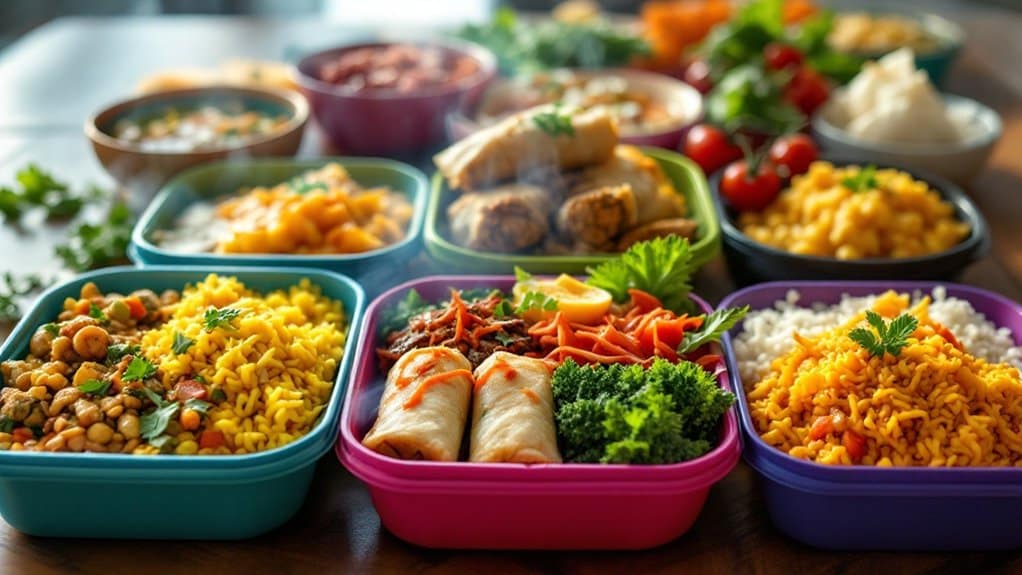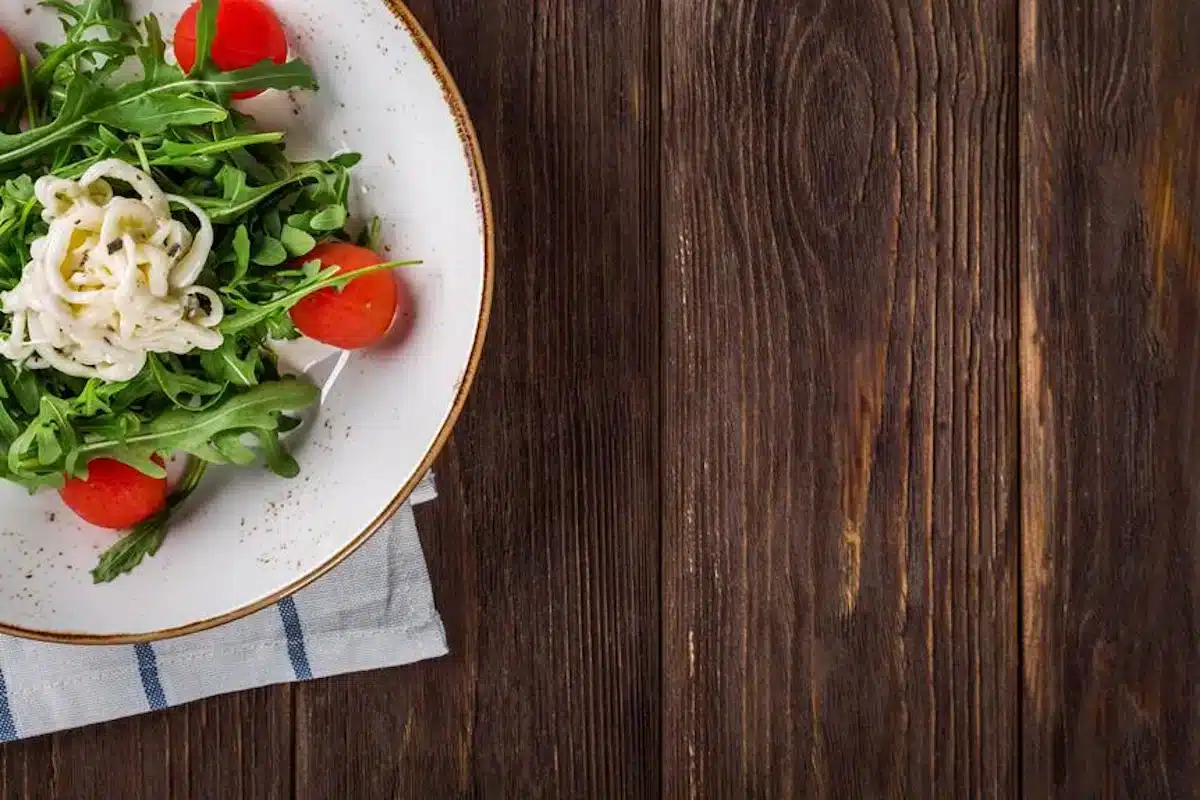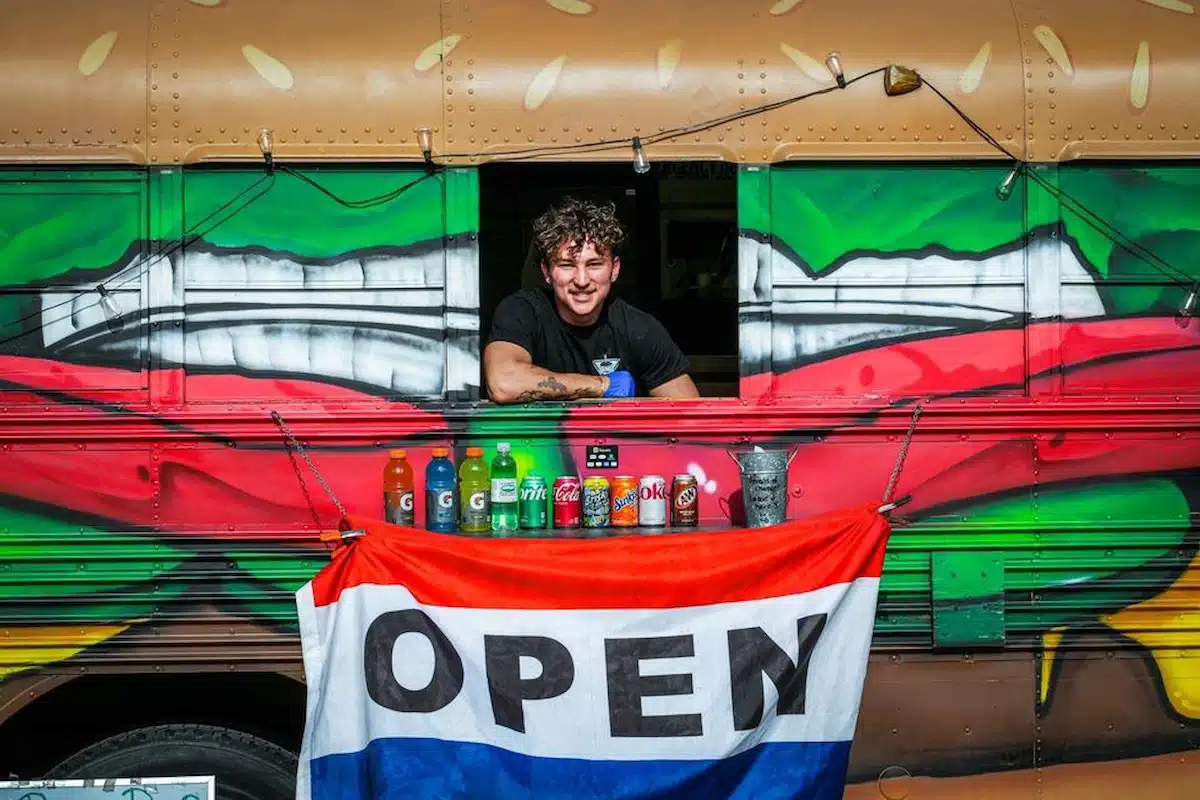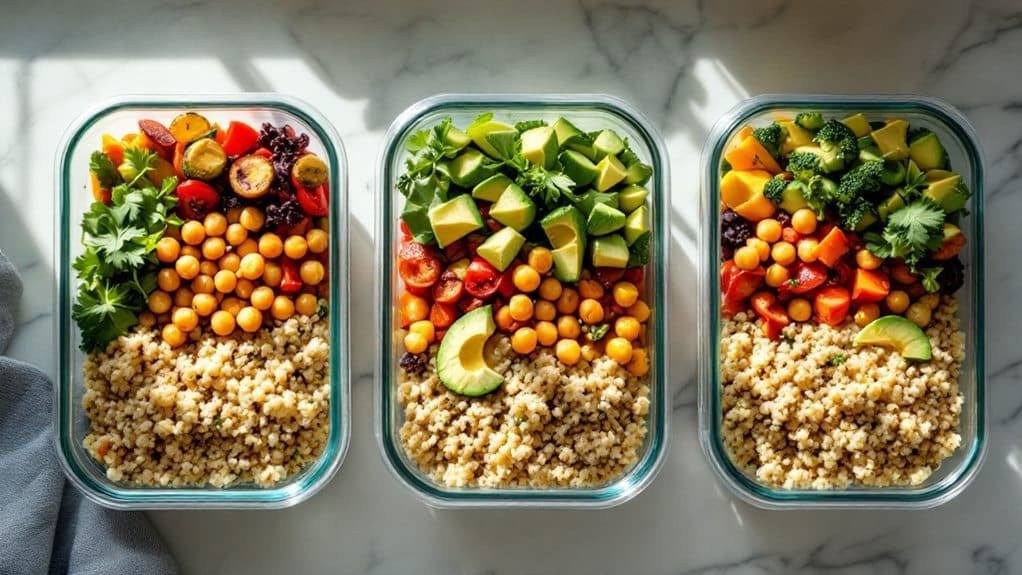Transform your school lunch program into a vibrant culinary adventure by introducing diverse cultural dishes. You’ll boost student engagement and nutrition through rotating weekly menus featuring favorites like Mexican soft tacos, Asian stir-fries, and Mediterranean pitas. Partner with local cultural organizations and parents to gather authentic recipes, then train your kitchen staff through hands-on workshops and detailed recipe cards. Create DIY food stations where students can customize their meals, and organize “Recipe Share” events to bring families into the mix. A world of flavors is waiting to make your lunch program an exciting cultural celebration.
Key Highlights of Cultural Food Treasures for School Lunch Programs
- Partner with cultural organizations and local families to source authentic recipes and cooking techniques for diverse school meals.
- Implement rotating weekly menus featuring international cuisines like Mexican, Asian, Mediterranean, and Italian student favorites.
- Create interactive food stations where students can customize their cultural meals with various toppings and ingredients.
- Organize taste-testing sessions with students to gather feedback and ensure new cultural dishes meet their preferences.
- Train kitchen staff through hands-on workshops and provide detailed recipe cards for preparing authentic cultural dishes consistently.
Benefits of Cultural School Meals
These cultural offerings also help break the monotony of traditional school lunch programs. Students looking forward to trying something new are more likely to finish their meals and develop healthier eating habits. Plus, you’ll find that these diverse menu options often align perfectly with various dietary restrictions and preferences. Following research showing that communal dining experiences enhance performance and social bonds, incorporating cultural meals can foster a more collaborative and inclusive environment among students.
Global Menu Planning Strategies
Successfully introducing cultural meals into school lunch programs requires careful planning and coordination. You’ll want to engage with diverse stakeholders, including students, parents, and food service staff, to create menus that celebrate menu diversity while maintaining nutritional standards.
When you’re ready to explore global flavors, consider these essential planning strategies:
- Create a rotating schedule that features dishes from different cultures each week, allowing students to experience flavor exploration in a systematic way
- Partner with local cultural organizations and families who can provide authentic recipes and cooking techniques
- Develop a taste-testing program where students can sample new dishes and provide feedback before adding them to the regular menu.
Balancing familiar ingredients with new flavors helps ease students into trying different cuisines. For instance, you might start with a Mexican-inspired pizza that combines the comfort of a familiar food with traditional Mexican toppings and spices.
Remember to keep portion sizes and preparation methods consistent with your existing program while embracing the exciting possibilities that cultural foods bring to your cafeteria.
Consider setting up DIY food stations during lunch service to encourage student engagement and create a more interactive dining experience.

Popular International Student Favorites
Drawing from decades of school lunch program data, certain international dishes consistently rank as student favorites across diverse cafeterias. You’ll find that Mexican-inspired options like soft tacos and bean burritos often top the list, while Asian offerings such as teriyaki chicken and vegetable stir-fry aren’t far behind.
Student preferences tend to gravitate toward hands-on meals they can customize. That’s why build-your-own Mediterranean pita stations and Vietnamese rice bowl bars have become such hits in modern school cafeterias.
Italian classics remain steadfast favorites, with whole-grain pasta dishes and personal pizzas earning enthusiastic approval from kids of all backgrounds. You’ll notice that even traditionally “exotic” dishes like Indian butter chicken and Thai coconut curry have entered regular rotation.
The key to success is familiar formats with international twists. Introducing new flavors through recognizable presentations makes you more likely to win over young taste buds. For instance, Korean BBQ sliders offer an approachable way to explore Asian flavors, while Greek yogurt parfait stations give traditional breakfast a Mediterranean makeover.
Let’s face it – today’s students are way more adventurous eaters than we were at their age! For students with diabetes, shirataki noodles provide a perfect low-carb alternative to Asian-inspired cafeteria dishes.
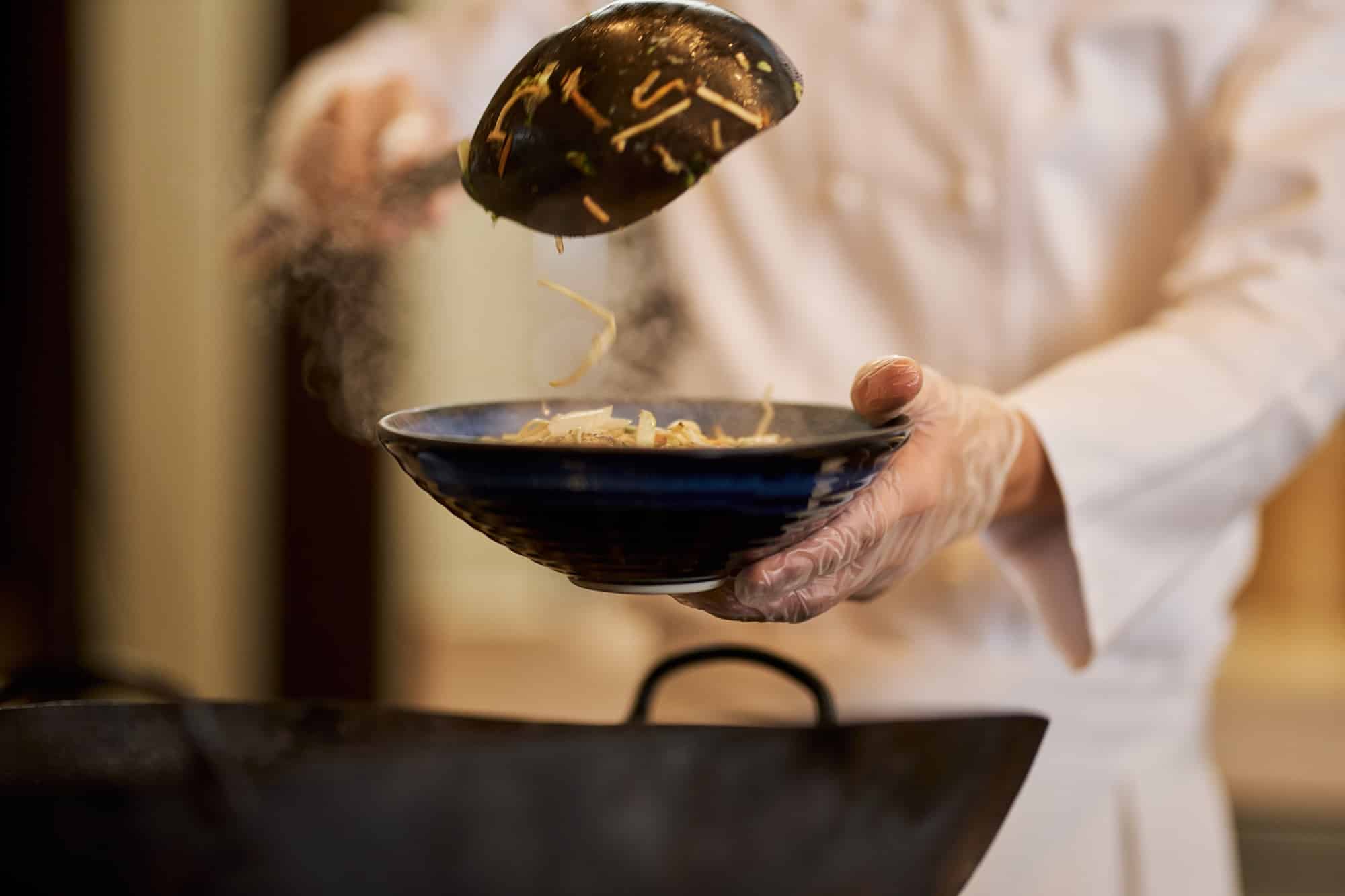
Kitchen Staff Training Tips
Preparing kitchen staff to cook diverse cultural dishes requires specialized training focused on authentic techniques, ingredients, and food safety protocols. You’ll want to ensure your team feels confident handling new cooking techniques and understands proper ingredient sourcing.
Start by organizing extensive training sessions covering essential multicultural food preparation skills. You might find it helpful to bring in local cultural food experts or experienced chefs who can demonstrate authentic methods firsthand.
Key training elements should include:
- Hands-on workshops focusing on specific cooking techniques like proper use of woks, tortilla presses, or traditional spice grinding methods
- Ingredient identification sessions to help staff recognize and properly store unique cultural ingredients
- Food safety protocols specific to handling unfamiliar ingredients and preparation methods
Consider creating detailed recipe cards with step-by-step photos to help your staff master new dishes. They’ll appreciate these visual guides when learning to work with unfamiliar ingredients or techniques.
Remember to schedule regular practice sessions – there’s nothing like hands-on experience to build confidence in preparing new cultural dishes.
Family traditions often shape cultural food preferences, making it essential to understand generational influences when developing recipes.
Engaging Parents Through Food
Through thoughtful collaboration with parents, school lunch programs can create authentic cultural food experiences that celebrate diverse family traditions. When you invite parents to share their cherished food traditions, you’ll discover many recipes and stories that can transform your cafeteria into a vibrant cultural hub.
Start by organizing “Recipe Share” events where parents can demonstrate their favorite dishes. Most parents are enthusiastic about showcasing their heritage through cooking. These sessions provide new menu ideas and create meaningful connections between families and school staff.
Consider launching a “Family Food Ambassador” program where parent volunteers rotate monthly to help plan culturally themed menus. They can offer valuable insights into ingredient selection and authentic preparation methods.
Don’t forget to document these shared recipes and stories in a school cookbook. It’s amazing how a simple collection of family recipes can become a treasured resource for your lunch program.
Parent involvement doesn’t stop at recipe sharing. Invite them to special lunch events where their cultural dishes are featured. Children will beam with pride when their family’s cuisine takes center stage.
Themed food days can create exciting opportunities for cultural exploration while fostering a stronger sense of community in the school environment.
Cultural Food Treasures for School Lunch Programs FAQs
How Do Schools Handle Religious Dietary Restrictions for Cultural Menu Items?
Schools provide religious accommodations by offering alternative menu options, practicing cultural sensitivity through halal, kosher, and vegetarian choices, and clearly labeling ingredients to help students make appropriate dietary decisions.
What Food Safety Certifications Are Needed for International Cuisine Preparation?
You’ll need ServSafe certification, HACCP training, and local health department permits to ensure food safety. You must also understand specific ingredient handling and cross-contamination prevention for diverse cooking methods when preparing international cuisine.
Where Can Schools Source Authentic International Ingredients Affordably?
You’ll find authentic ingredients through reliable global suppliers and ethnic food distributors. Don’t forget to check local markets and international grocery stores—they often provide competitive bulk pricing for schools and institutions.
How Are Portion Sizes Adjusted for Unfamiliar International Dishes?
You’ll need to make cultural adaptations by comparing portions of similar dishes. Start with standard serving sizes, then adjust based on student feedback and portion considerations while maintaining nutritional requirements for school meals.
What Equipment Investments Are Necessary for Preparing Diverse Cultural Meals?
You’ll need specialized meal preparation tools like woks, rice cookers, and traditional steamers. Also, remember to upgrade your kitchen equipment with multi-purpose mixers, food processors, and proper storage containers for unique ingredients.
To Sum it Up
You have all the ingredients needed to create your school’s outstanding cultural food program. By embracing diverse cuisines, training your staff, and involving parents, you’re not just serving meals but building bridges between communities. Remember, every new dish you introduce is an opportunity to expand young minds and taste buds. Keep exploring, cook, and watch as your lunchroom transforms into a vibrant celebration of global flavors.

